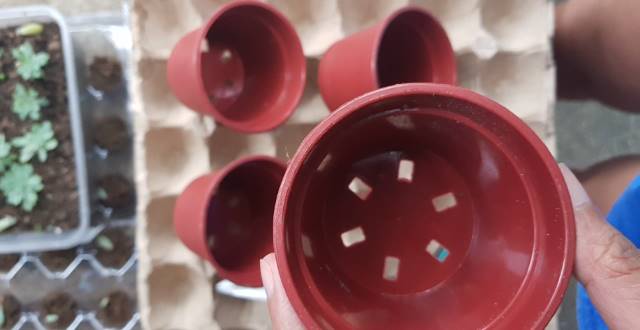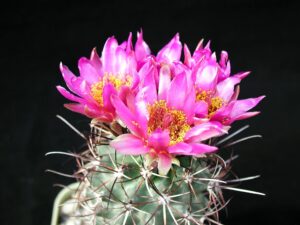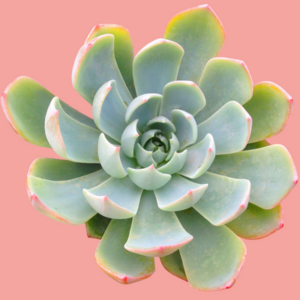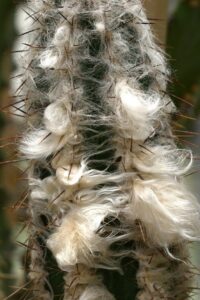When it comes to nurturing a thriving household of plants and pets, pet safety often takes precedence for dog owners. Among the array of popular houseplants, Kalanchoe stands out as a vibrant succulent with appealing foliage and iconically colorful blossoms. However, hidden within its allure is an essential consideration: the potential toxicity of Kalanchoe to dogs. Understanding the implications of having Kalanchoe in your home alongside your beloved four-legged companions is crucial. Below, we will explore the toxicity of Kalanchoe, symptoms of poisoning, and safe alternatives for pet lovers.
Understanding Kalanchoe and Potential Toxicity
Kalanchoe, belonging to the Crassulaceae family, comprises numerous species, the most common being Kalanchoe blossfeldiana. These succulents are lauded for their robust growth and charming flower clusters, making them popular in gardens and indoor settings. Nonetheless, while Kalanchoe enchants with its beauty, it harbors compounds that can be harmful to dogs. The toxicity primarily arises from the presence of compounds known as bufadienolides, which can disrupt normal heart function.
It is essential to recognize that not all species of Kalanchoe exert the same level of toxicity. However, any variety can pose a risk if ingested in sufficient quantities. Additionally, factors such as the size and health of the dog, as well as the amount of plant material consumed, can influence the severity of symptoms. The best practice is to err on the side of caution and keep Kalanchoe out of reach of inquisitive pets.
Symptoms of Kalanchoe Poisoning in Dogs
If a dog ingests any portion of a Kalanchoe plant, several clinical signs may emerge, generally within a few hours. The severity can vary, but being vigilant for the following symptoms is vital:
– **Gastrointestinal Distress:** Common indicators include vomiting, diarrhea, and drooling. These issues may arise from the body’s response to the toxic compounds in the plant.
– **Cardiac Complications:** Bufadienolides can impact cardiac function, leading to arrhythmias or irregular heartbeats. Watch for signs of lethargy, fainting, or unusual behavior that may indicate heart distress.
– **Neurological Symptoms:** In rare cases, ingestion might lead to more severe symptoms, such as tremors or seizures, particularly if a large quantity is consumed. This necessitates immediate veterinary assistance as it could represent a critical condition.
Recognizing these symptoms as potential indications of Kalanchoe ingestion can make a pivotal difference in outcomes. If a dog is suspected of consuming Kalanchoe, prompt consultation with a veterinarian is imperative.
What to Do if Your Dog Ingests Kalanchoe
In the event of suspected Kalanchoe ingestion, swift action is crucial. Conducting a thorough examination of the dog’s condition is essential. If your dog exhibits any of the aforementioned symptoms, contact your veterinarian or an emergency animal clinic. In many instances, they may recommend the following steps:
– **Assessment of the Situation:** Be prepared to provide information regarding the amount and type of Kalanchoe consumed, along with the dog’s weight and any observable symptoms. This information assists the veterinarian in formulating an appropriate treatment plan.
– **Inducing Vomiting:** Depending on the time elapsed since ingestion, the veterinarian may suggest inducing vomiting to expel toxic material from the dog’s stomach. This should only be performed under veterinary guidance to ensure safety.
– **Supportive Care:** Depending on the severity of symptoms, treatment may involve intravenous fluids and medications to manage symptoms and stabilize the dog’s condition. Observations in a veterinary clinic may be warranted for acute cases.
Pet-Safe Alternatives to Kalanchoe
If you’re drawn to the aesthetic appeal of Kalanchoe but wish to ensure the safety of your canine companion, consider alternatives that provide similar visual enjoyment without the associated risks. Pet-friendly options include:
– **Parlor Palm (Chamaedorea elegans):** This elegant houseplant is non-toxic to dogs and thrives in indoor conditions, providing an ample amount of greenery without risk to digestion.
– **Spider Plant (Chlorophytum comosum):** Another resilient choice, the Spider Plant offers air-purifying benefits while being safe for pets. Its striking foliage adds vibrancy to any indoor space.
– **Boston Fern (Nephrolepis exaltata):** Recognized for its lush fronds, the Boston Fern is pet-friendly and can infuse your home with a slice of nature’s beauty without the worry of toxicity.
Incorporating these plant options allows for an aesthetically pleasing environment while ensuring the health and safety of your canine friends.
In conclusion, while Kalanchoe brings beauty to indoor and outdoor spaces, it is crucial to understand its potential toxic effects on dogs. Awareness of its risks, symptom recognition, and prompt action can make all the difference in ensuring your pet’s safety. By exploring safe alternative plants, you can cultivate an enjoyable and pet-friendly atmosphere in your home. Remember, the well-being of your furry friends should always take precedence when selecting household greenery.





Leave a Comment